Incredible stories of history’s most tragic ships
Stories of the seas
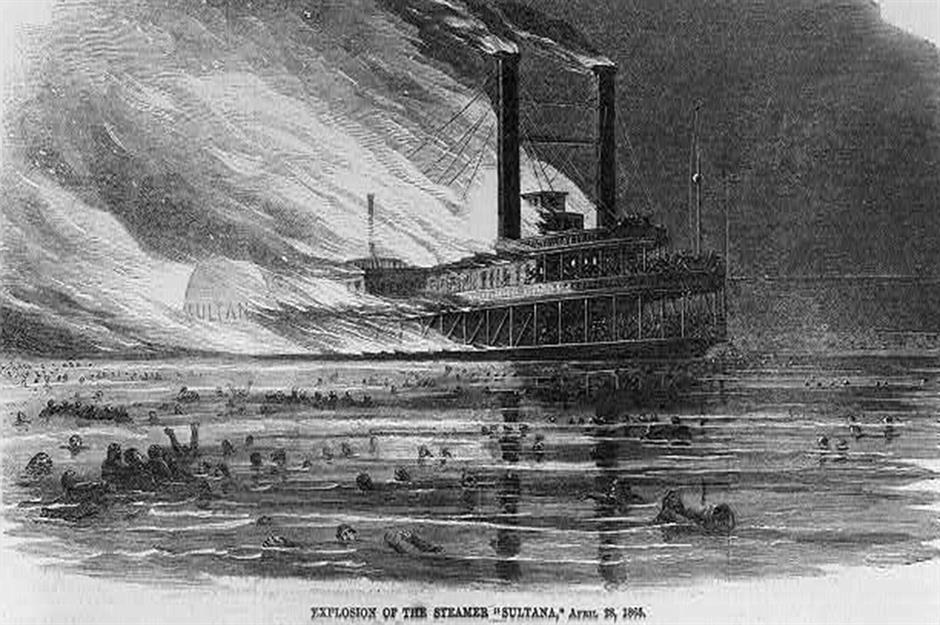
Maritime disasters are sadly not unusual, and UNESCO estimates that there are more than three million shipwrecks littering the ocean floor. Many of these ships hide tragic stories, be they victims of war, human error or simple bad luck. Some have even changed the course of history.
Click through this gallery to learn the poignant stories of some of history's most tragic ships...
The White Ship, 1120
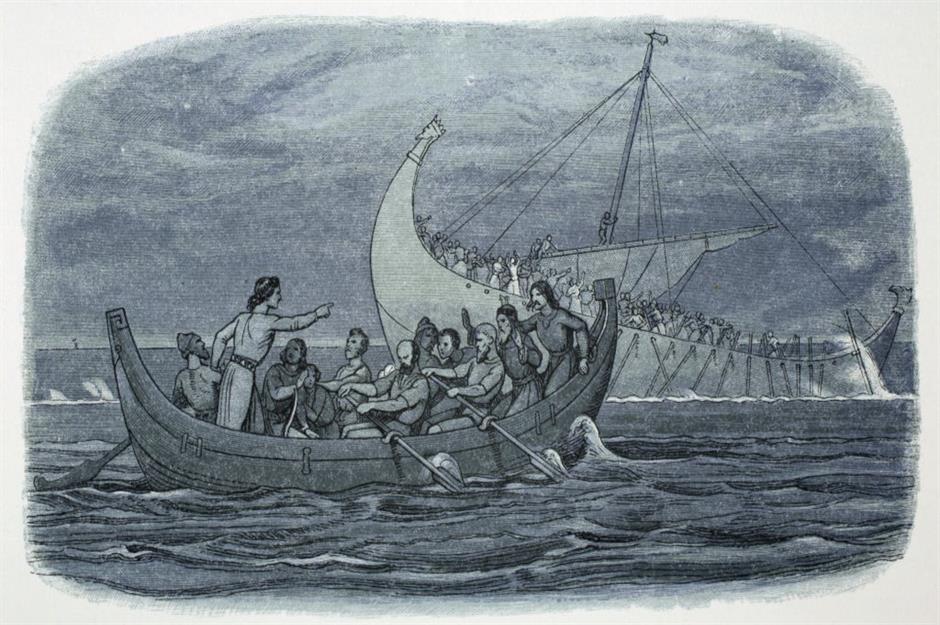
This ill-fated ship has been called the Titanic of its day. More than 900 years ago, William, the only legitimate son of Henry I of England, was returning from France with a huge entourage. At Normandy they boarded the White Ship, a state-of-the-art vessel on its maiden voyage.
William requested wine be brought on board and soon the whole party was roaring drunk. They set sail at midnight, hit a rock and sank quickly in the English Channel. The heir to the throne and the cream of English aristocracy – around 300 people in total – drowned.
The White Ship, 1120
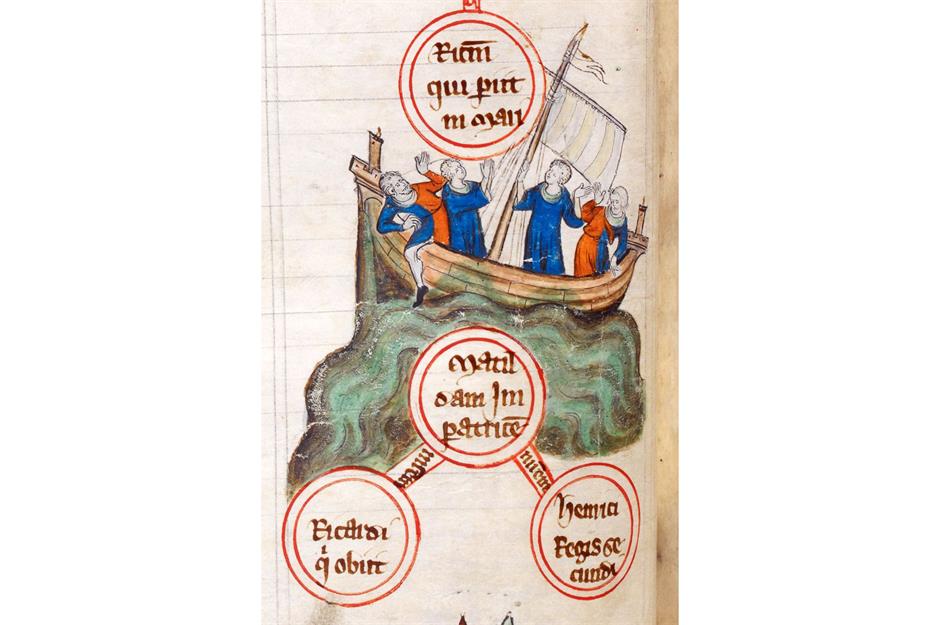
After nine centuries of mystery, a team from the Institute of Digital Archaeology (IDA) – along with Lord Charles Spencer, ninth Earl Spencer and brother of the late Princess Diana – conducted a dive at a site near Barfleur in June 2021, and discovered a vessel thought to be the long-lost 12th-century longboat. The remarkable discovery helped with the construction of a replica of the White Ship, sponsored by the IDA.
The Mary Rose, 1545
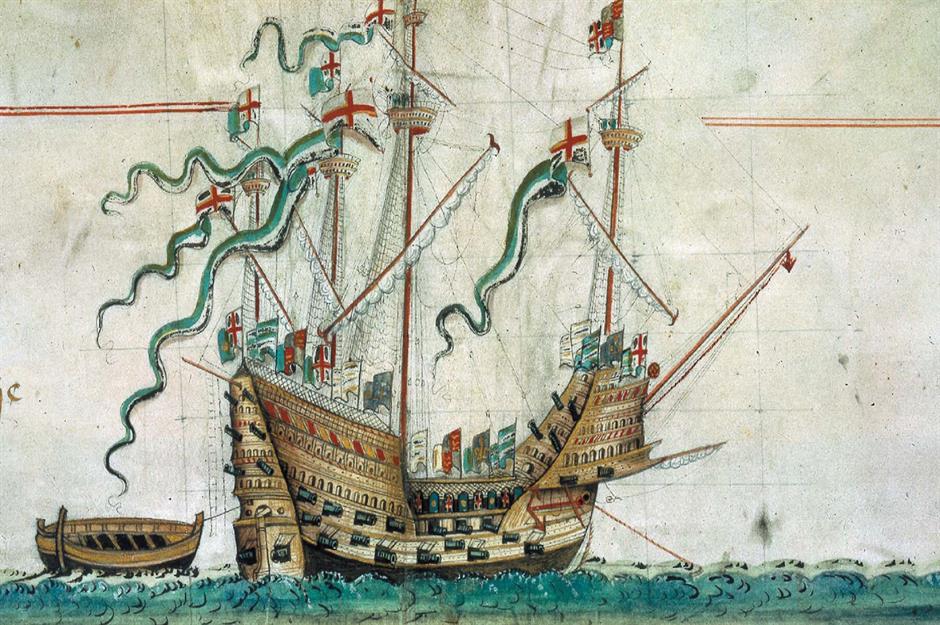
Probably built in around 1510, the Mary Rose was a key part of Henry VIII’s naval fleet and was said to be the king's favourite ship during her 34 years of service. Heavily armed with a crew of 400-500 men she saw frequent action against the French.
Then in 1545, the Mary Rose was in the Solent (between Great Britain and the Isle of Wight) when she attempted to make a sharp turn. A strong gust blew the ship over and, as the gun ports were open, the ship sank with the loss of almost all on board. As she went down in only 40 feet (12m) of water, efforts were made at the time to retrieve her, but they failed.
The Mary Rose, 1545

In the 1960s, archaeologists located the wreck and hundreds of artefacts were recovered. In 1982, the world held its breath as the nearly 500-year-old ship was brought to the surface live on television. She now rests at the Mary Rose Museum in Portsmouth, kept constantly moist to preserve the timbers. Around 19,000 objects are on permanent display there, plus the skeletons and facial reconstructions of the crew.
Vasa, 1628

In the 17th century the Thirty Years War was raging in Europe and King Gustavus Adolphus of Sweden knew he needed a strong naval presence in the Baltic. He commissioned the Vasa to be built with two gun decks, 64 bronze cannons and a crew of 450 men.
On 10 August 1628 the ship set sail on its maiden voyage, but only a few metres offshore, as everyone watched, disaster struck and the ship keeled over and sank with the loss of about 150 men.
Vasa, 1628
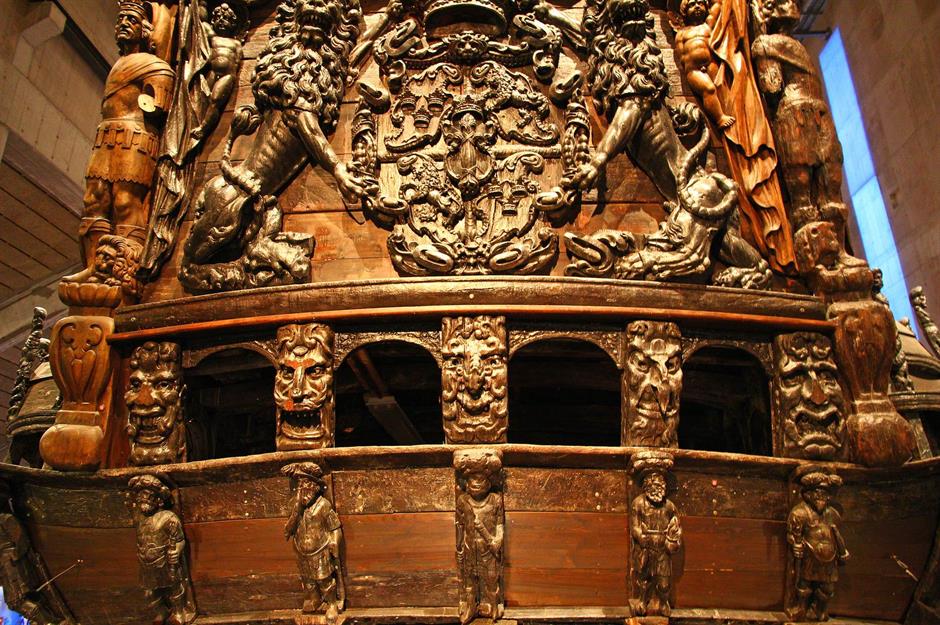
In 1962, the ship was salvaged and brought to the surface. The intricate carvings and miraculous state of preservation were a wonder to behold. However, it was clear that the reason the ship sank was from a fatal flaw in its design – it was so badly constructed that even a breeze would have knocked it over. Today, the Vasa ship takes pride of place as a major attraction at its own museum in central Stockholm.
HMS Terror and Erebus, 1845
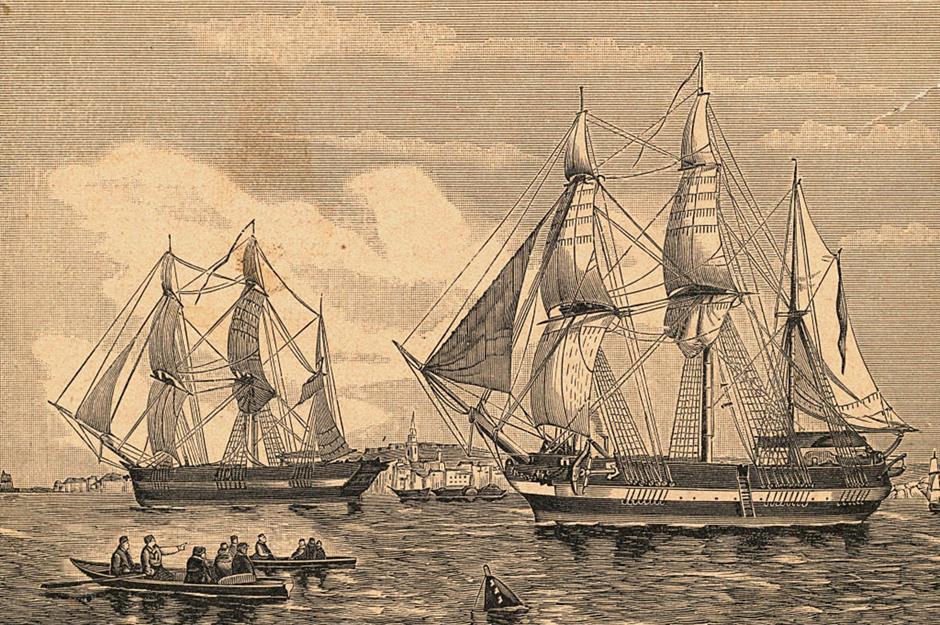
In May 1845, the British navy sent an expedition to find a northerly route from the Atlantic to the Pacific. Sir John Franklin set off with two steamships, HMS Terror and HMS Erebus, each reinforced with iron to cut through the Arctic ice.
The expedition included 129 men, state-of-the-art equipment and three years' worth of the latest invention – tinned food. The ships were last seen in July at Baffin Island in Canada. They were never seen afloat again.
HMS Terror and Erebus, 1845
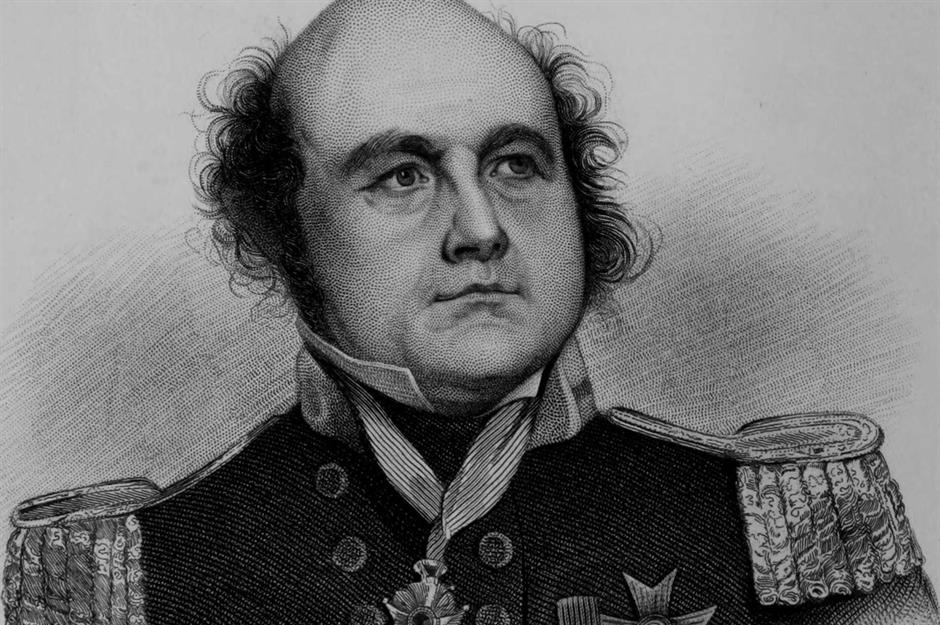
The story grabbed the public imagination, and Charles Dickens and Mark Twain wrote about the mystery. Numerous rescue expeditions were sent out and a timeline was pieced together from notes left by the men, conversations with Inuit peoples, and more recently, marine archaeology.
It seems that by 1846, the ships had become trapped in the ice off King William Island, Nunavut, and did not move for two years. TV series The Terror is based on these harrowing events. This image depicts Sir John Franklin, commander of the HMS Erebus and HMS Terror expedition.
HMS Terror and Erebus, 1845
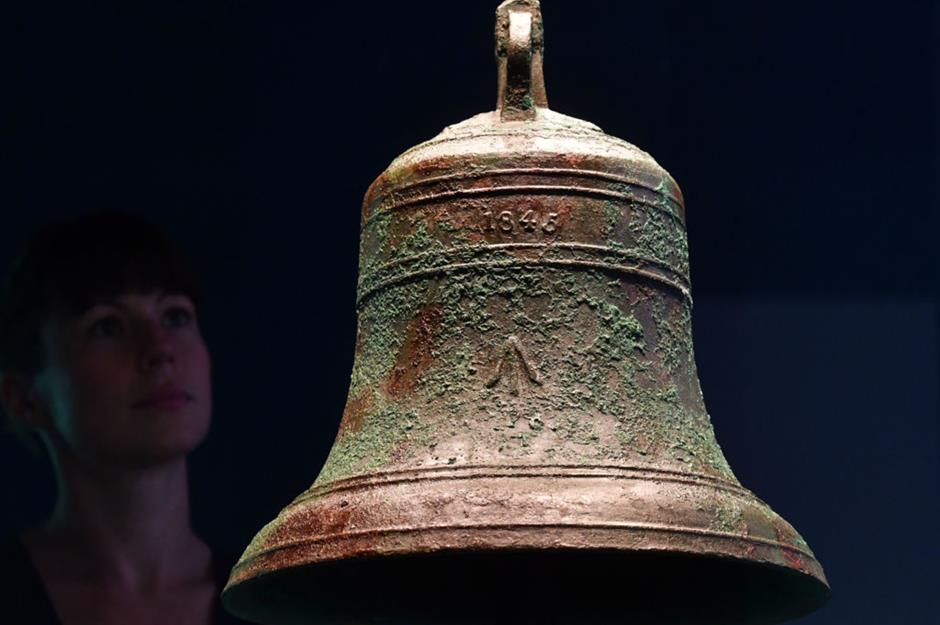
Inuit peoples report hunting expeditions with Captain Francis Crozier and his men in 1849 and 1850. The last signs of the team were found in 1859, when an expedition to the last location where the ships were spotted discovered a small boat, as well as the skeleton of a crew member who had likely abandoned ship.
In 2014, the wreck of the Erebus was found and its bell recovered, while the Terror was found two years later. Underwater cameras were sent into the wreck of the Terror in 2019.
The Mary Celeste, 1872
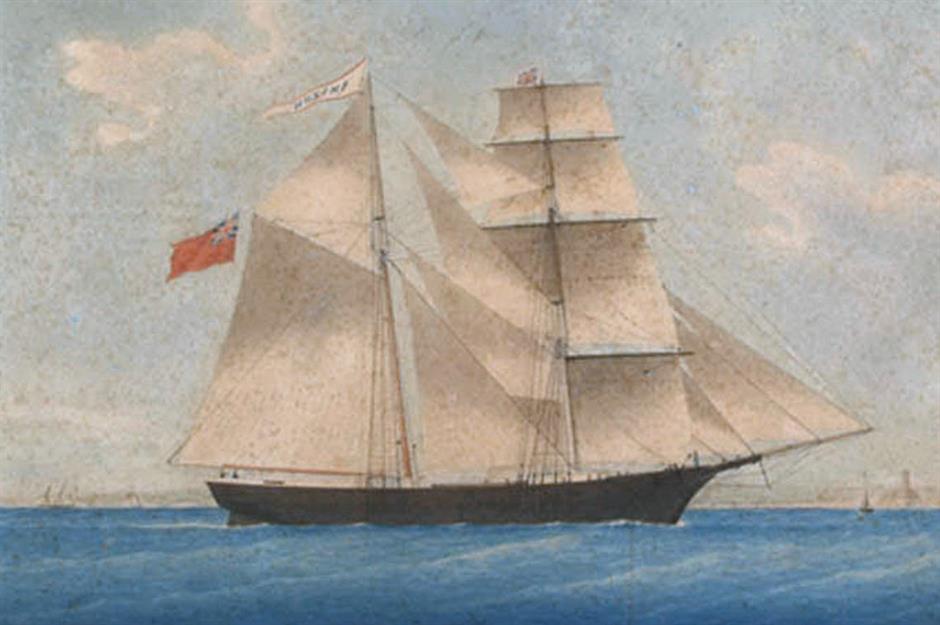
On 5 December 1872, a ghost ship was found sailing 400 nautical miles off the Portuguese Azores archipelago in the Atlantic Ocean. There were no signs of life on board nor any indications of panic or a struggle, although the only lifeboat was missing.
Captain Benjamin Spooner Briggs, his wife Sarah, his two-year-old daughter Sophia Matilda and six other crew of the merchant ship had simply vanished into thin air. The last log entry was on 25 November. The Mary Celeste remains one of the world’s great unsolved mysteries.
SS Sultana, 1865
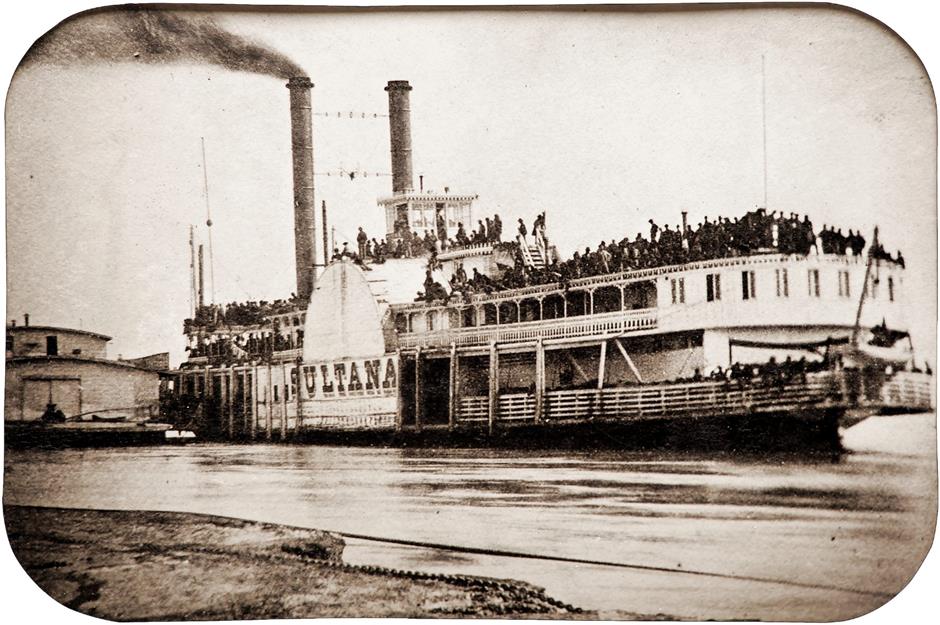
Just weeks after the American Civil War ended in 1865, the SS Sultana paddle-steamer was charged with the task of taking Unionist prisoners of war back home. Although the Sultana was originally intended to transport cotton, Captain James Capp Mason decided to make money by carrying human cargo instead, with the government paying per person on board.
Captain Mason was on the Mississippi river making his way to Missouri when a fault with one of the boilers was discovered. He decided there wasn't time to fix it and pressed on with the lucrative job.
SS Sultana, 1865
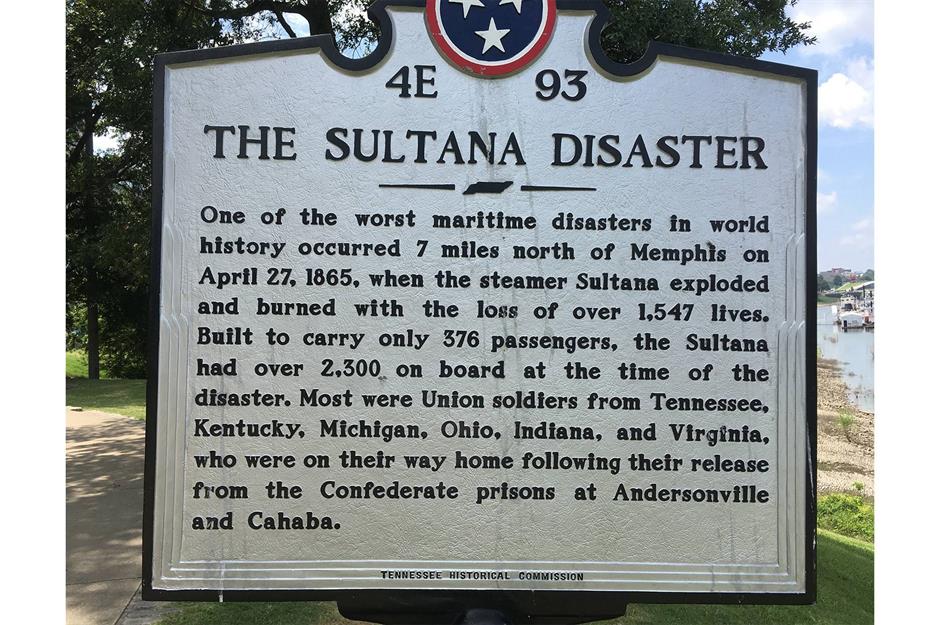
Mason packed the ship with about 2,000 soldiers plus 300 other passengers – about six times her capacity. At 2am, a few miles from Memphis, Tennessee, one boiler suddenly exploded. As the passengers were so tightly packed, many were killed straight away while others died later from shrapnel wounds.
Then two more boilers exploded. About 1,500 people were burned, trampled or drowned as they jumped into the water, making this one of the worst maritime disasters in American history.
SS Pacific,1875
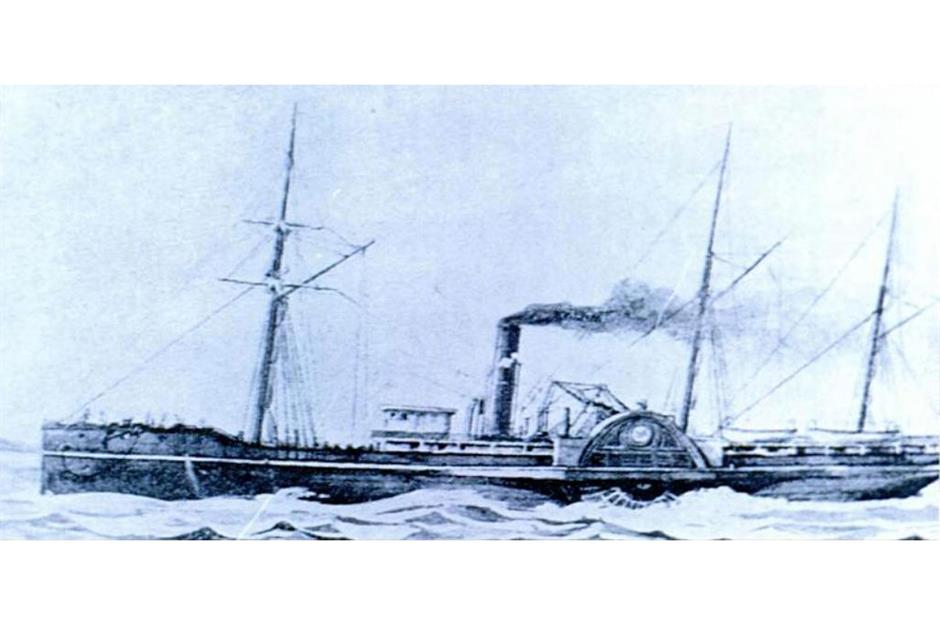
Built in 1850, the SS Pacific was a 225-foot (69m) paddle-wheeler that served an important role in the Gold Rush, carrying precious cargo all over the Americas. Her final departure was from Victoria in British Columbia, Canada, on 4 November 1875.
That same night, she collided with another ship and sank within 30 minutes, taking with her almost 300 souls and 4,000 ounces of gold. In December 2022, a Seattle-based company called Rockfish Inc claimed to have found the wreck, and even won the salvage rights to go with their discovery.
PS Slocum, 1904
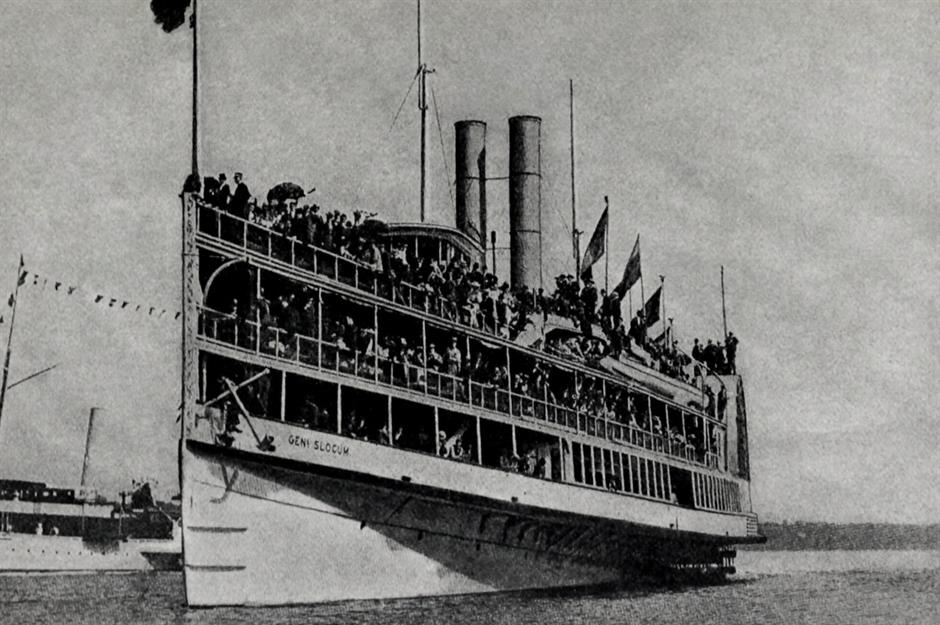
The summer of 1904 saw commuters, tourists and parties of school children all boarding what was billed as 'the largest and most splendid excursion steamer in New York'. It was a beautiful June day and there was a holiday atmosphere as the band played on deck and people sang and danced. Around 1,350 passengers and crew were on board as the 13-year-old ship steamed up the East River.
PS Slocum, 1904
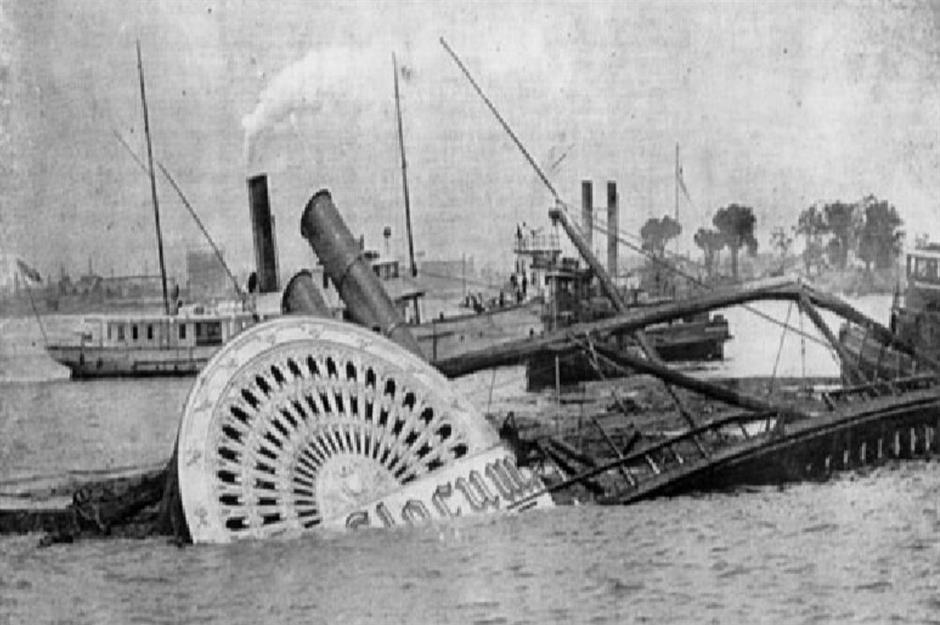
Then, around 9am, a fire was discovered below deck. The flames spread and attempts to extinguish them proved useless when the fire hoses turned out to be old and rotten. The ship was in the middle of the river and Captain William Van Schaick did not know where to dock. As the wooden decks began to break and collapse, it was further discovered that many of the life jackets were perished and useless.
PS Slocum, 1904
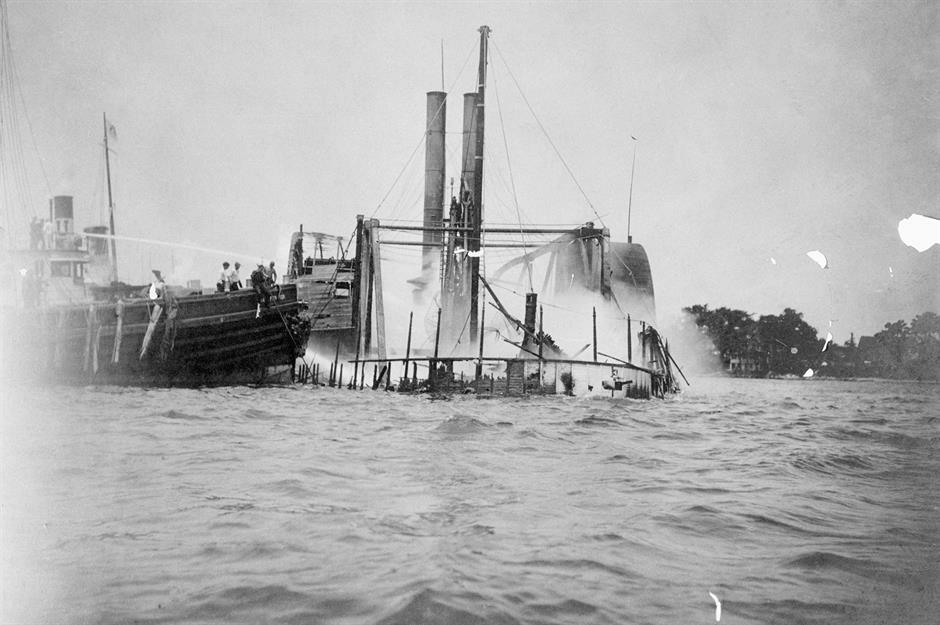
As the flames grew worse, people panicked and jumped into the river, some getting trapped in the huge steamer wheels. In all, 1,021 people, mostly women and children, either burned to death or were drowned. For days afterwards, the bodies washed up on the shoreline as people watched in anguish from the banks. One newspaper described the sinking of the Slocum as a "spectacle of horror beyond all words".
RMS Titanic, 1912

In 1911 Shipbuilder Magazine commented that, due to its unique design, RMS Titanic was "practically unsinkable". Those words proved fateful, and this hubris may have contributed to the most famous maritime disaster of the 20th century – and perhaps of all time.
The luxury steamship was built in Belfast and launched there in 1911. The following year, carrying 2,240 passengers and crew, Titanic set sail on its maiden voyage to New York from Southampton, England.
RMS Titanic, 1912
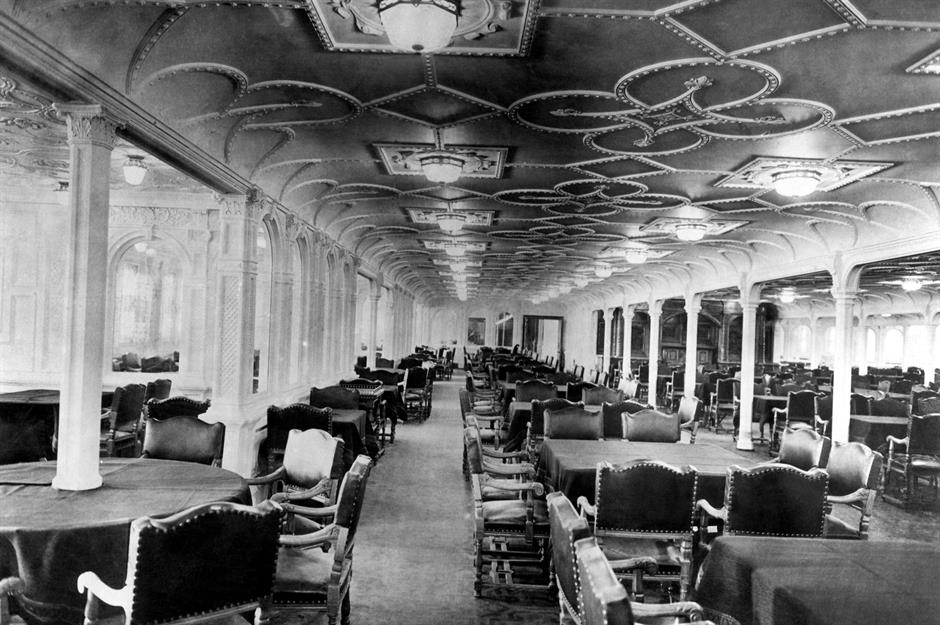
Luxury was the watchword on the Titanic. Accommodation was split into three classes with the most opulent rooms and public areas set aside for first class, while functional and clean rooms sufficed for third class.
Many rich and famous names were included among the passengers, such as John Jacob Astor and Benjamin Guggenheim. The ship's designer Thomas Andrews and J Bruce Ismay, chairman of the White Star Line that commissioned the ship, were also on board.
RMS Titanic, 1912
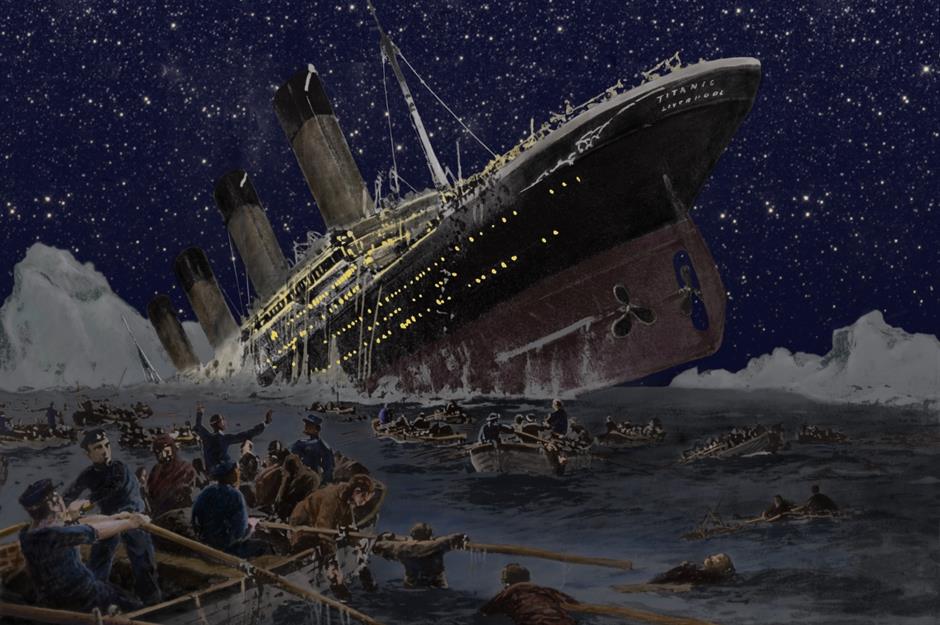
Then at 11:40pm on 14 April, off the coast of Newfoundland in the mid-North Atlantic, the ship struck an iceberg. Over the course of nearly three hours the ship went down and people scrambled into the 20 lifeboats, but it quickly became clear that they could only carry a small number of the passengers.
Even then, due to the panic, many boats were not filled. Only 705 people survived that ghastly night. Legend has it that the band stayed on deck and kept playing up to the last.
RMS Empress of Ireland, 1914
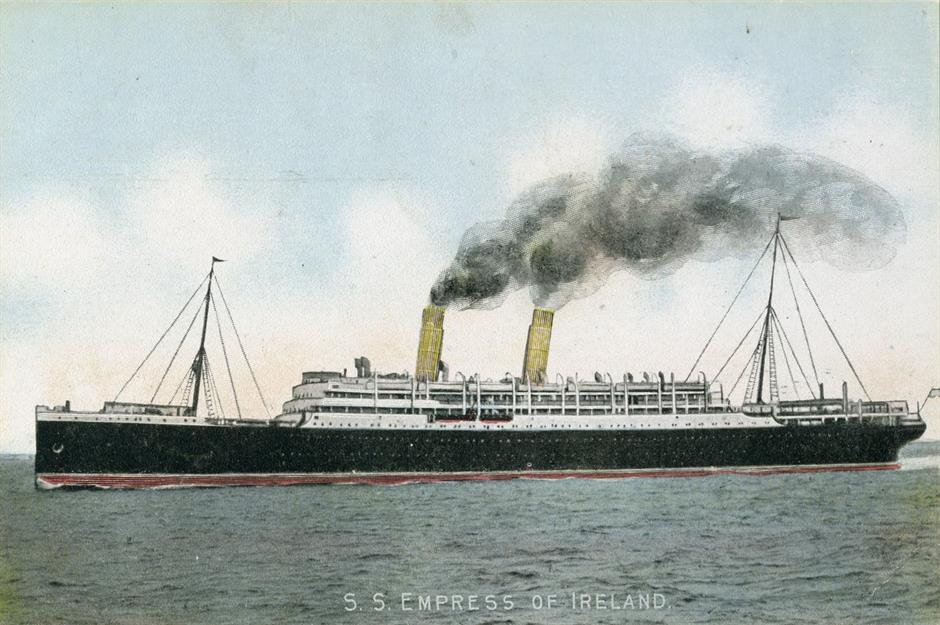
In March 1914, dense fog descended on Canada’s St Lawrence River as the luxury steamship Empress of Ireland sailed with 1,477 passengers en route from Quebec. The steamer had been making regular crossings of the Atlantic, ferrying passengers between Liverpool and Canada.
In the early hours of the morning, in very poor visibility, Captain Henry Kendall was proceeding cautiously when he spotted the Norwegian cargo ship the Storstad. Then an even heavier mist came down.
RMS Empress of Ireland, 1914
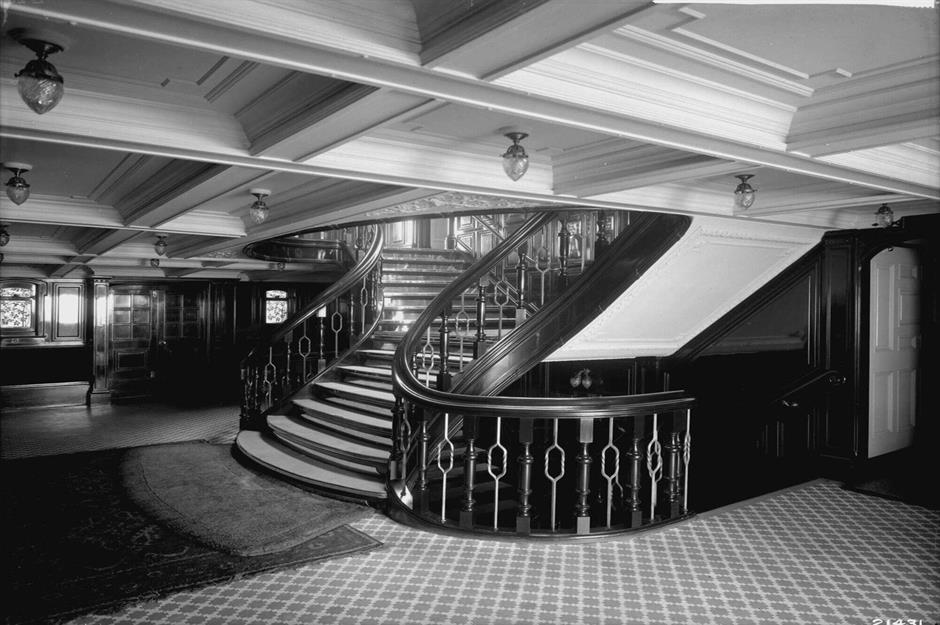
When Kendall saw the Storstad again, it was too late and the Norwegian ship sliced through the hull of the Empress of Ireland. Water poured in so fast that those sleeping in their cabins didn’t stand a chance.
The ship listed so far to starboard that only six lifeboats could be launched and many of those who jumped into the freezing water died of cold. A mere 14 minutes after she was struck, the Empress of Ireland had sunk and 1,012 people perished.
RMS Lusitania, 1915
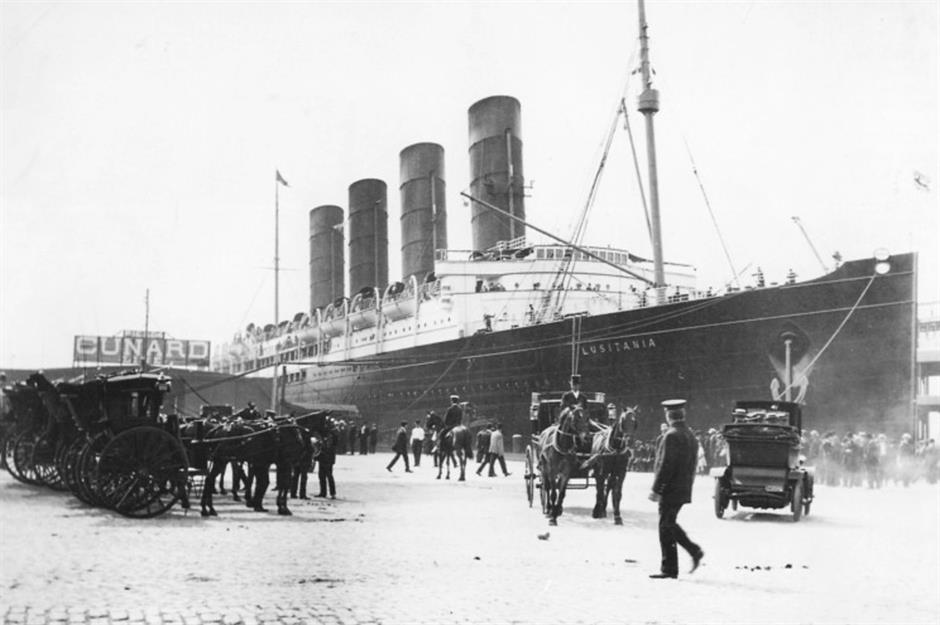
The luxury steamship Lusitania is seen here arriving in New York on her maiden voyage in 1907. Built the previous year – the world’s largest ship at the time – she was launched in Liverpool and intended to carry passengers between that city and New York.
Built for luxury and for speed, in 1907 she won the Blue Riband Award for the fastest Atlantic crossing. But by the start of tWorld War I, the Lusitania had been pressed into war service.
RMS Lusitania, 1915
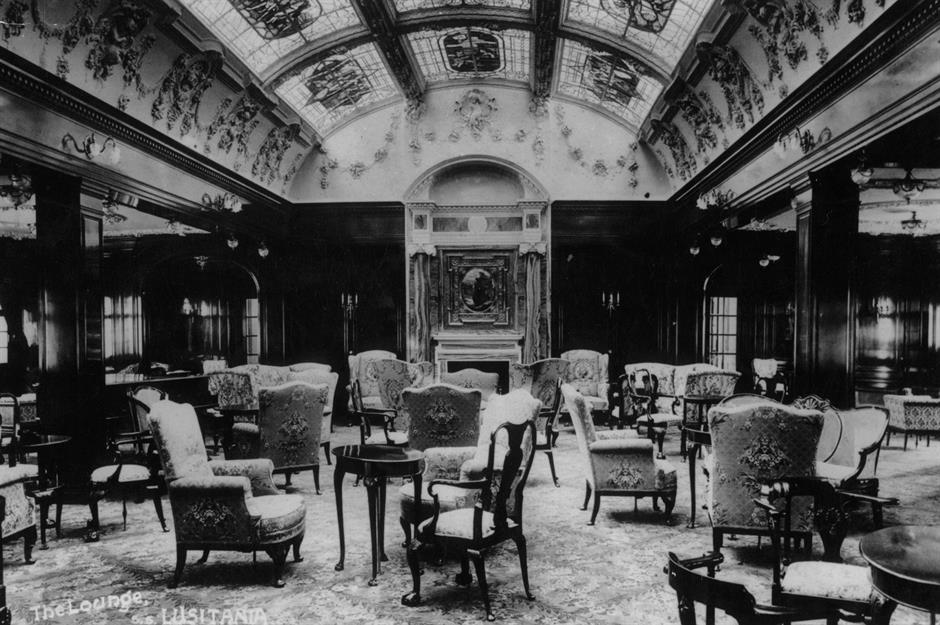
It was May 1915, and the Lusitania was returning from New York with 1,959 passengers and crew on board. At 2pm, she reached the south coast of Ireland and Captain William Thomas Turner was warned to chart a zig-zag course to avoid German U-boats. Thinking a passenger ship would be safe from attack, he ignored this warning. The ship had made other safe journeys since the start of the war.
RMS Lusitania, 1915
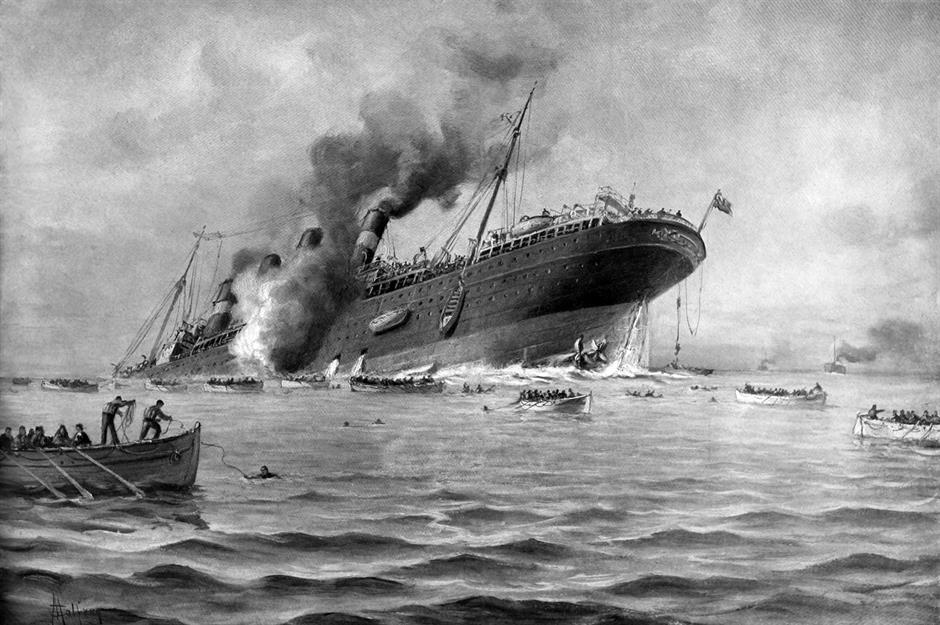
A German U-boat fired a torpedo causing the boilers to explode and complete panic ensued. In just 18 minutes, the Lusitania was at the bottom of the ocean killing 1,198 people. The Germans justified the sinking by claiming that the ship was carrying 173 tonnes of rifles and ammunition.
However, the ship was not armed for war and the deaths of 128 US citizens contributed to anti-German feeling in the United States. The US entered the war against Germany in 1917.
HMHS Britannic, 1916

While the RMS Titanic is the most famous of White Star Line's vessels, she wasn’t the only ship in her class – the Titanic had two sister ships, the RMS Olympic and the RMS Britannic. While the Olympic served as a passenger liner and warship before being scrapped in 1935, the story of the Britannic saw yet another tragedy befall this trio of siblings.
HMHS Britannic, 1916
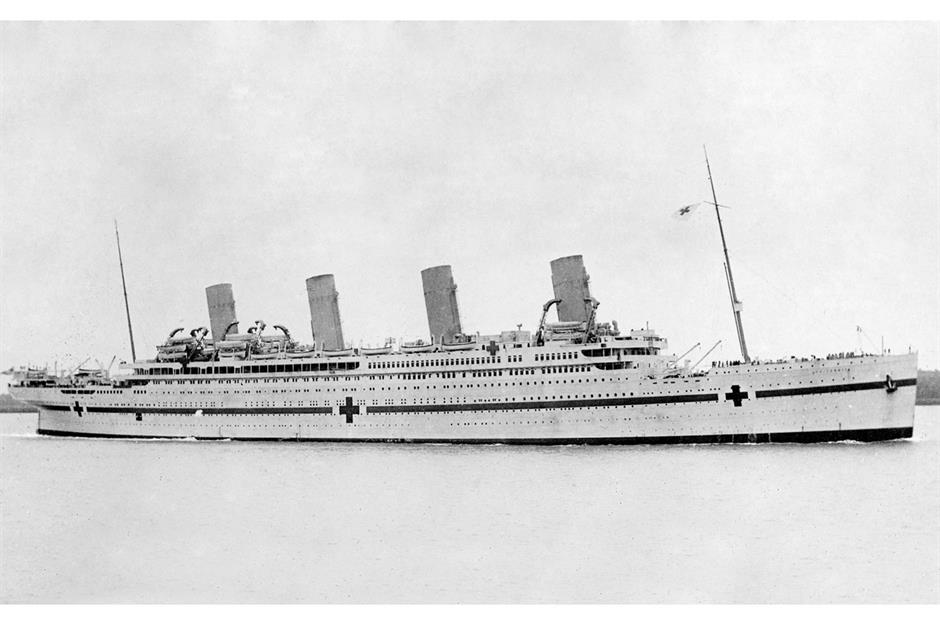
Like the Titanic, Britannic was built in Belfast, Northern Ireland by Harland & Wolff shipbuilders and launched on 26 February 1914. The White Star Line anticipated her running a Southampton to New York service from the spring of 1915, but the outbreak of World War I changed her fate. She became HMHS Britannic (His Majesty's Hospital Ship) and her luxurious interiors were transformed into dormitories.
HMHS Britannic, 1916
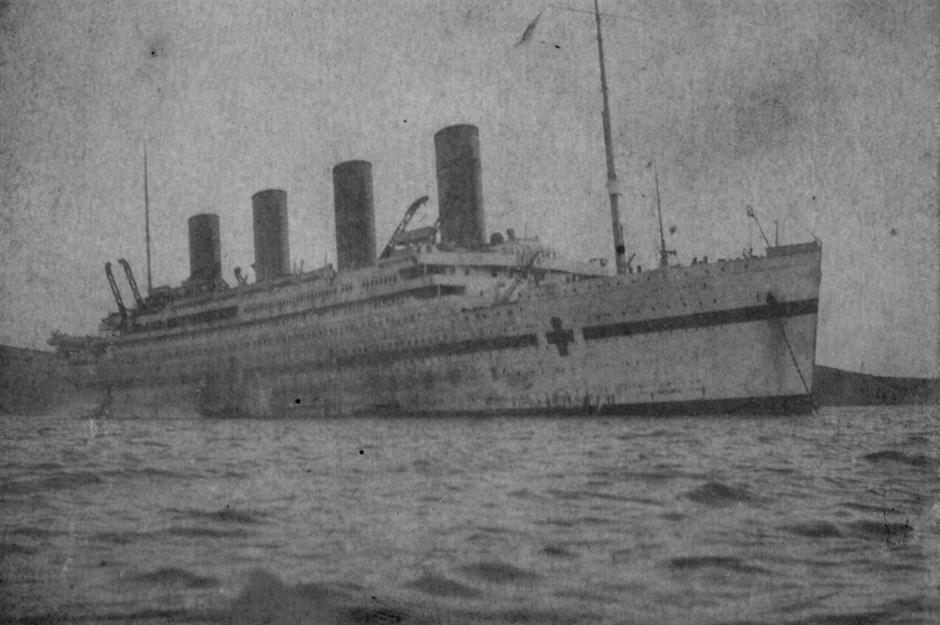
HMHS Britannic remained in service until a fateful trip through the Kea Channel in the Aegean Sea. On the morning of 21 November 1916, the Britannic was rocked by an explosion. Nobody knows the exact cause of the sinking. Some believe it was a torpedo, others think it more likely she hit a mine.
At the time London's The Observer reported that German forces admitted they torpedoed the ship in the belief she was transferring "fresh troops for our enemies" rather than acting as a hospital ship.
HMS Royal Oak, 1939
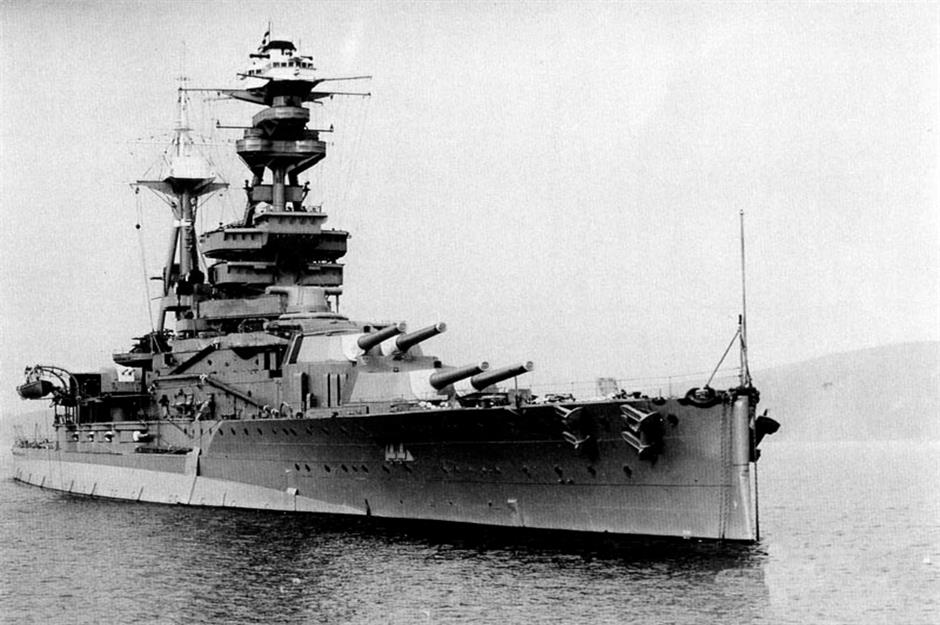
Scapa Flow is a body of water in the Orkney Islands, off the north Scottish coast, and was the site of the premiere British naval base in both world wars. In 1938, with war looming, it was realised that a U-boat could gain entry to the base so ships were scuttled to block the entrance.
However, the Germans proved how inadequate the defences were when, at 12:58am on 14 October 1939, the submarine U-47 made its way into Scapa Flow and fired a torpedo at the battleship HMS Royal Oak.
HMS Royal Oak, 1939
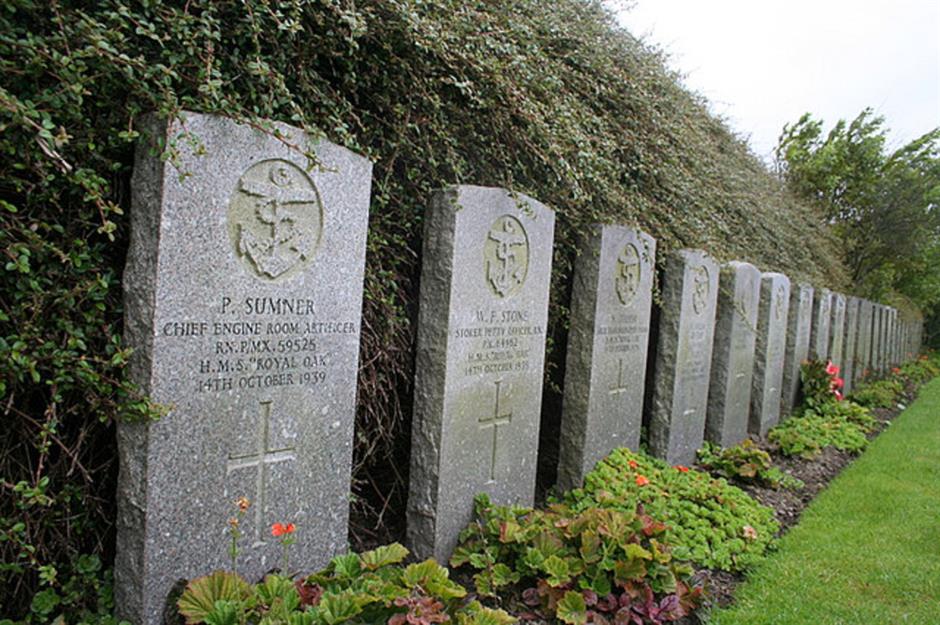
The ship keeled over, the lights went out and, as the portholes were open due to the mild weather, Royal Oak began to sink. Most of the men were asleep and completely taken by surprise as the ship was simply moored at base.
Royal Oak sank in minutes. The death toll was 834 and tragically 120 of those were young sea cadets, some only 14 years old. Although a few bodies were recovered and properly buried, most remain on the wreck.
SS City of Benares, 1940

As World War II raged, it was decided that British children should be evacuated from the big cities. Many went to the countryside, but others were sent overseas to Canada and Australia.
On 18 September 1940, the passenger steamship City of Benares was on her way from Liverpool to Quebec and Montreal with 191 passengers, 90 of whom were children. Just off Rockall in the Atlantic, German submarine U-48 fired a torpedo at the ship.
SS City of Benares, 1940
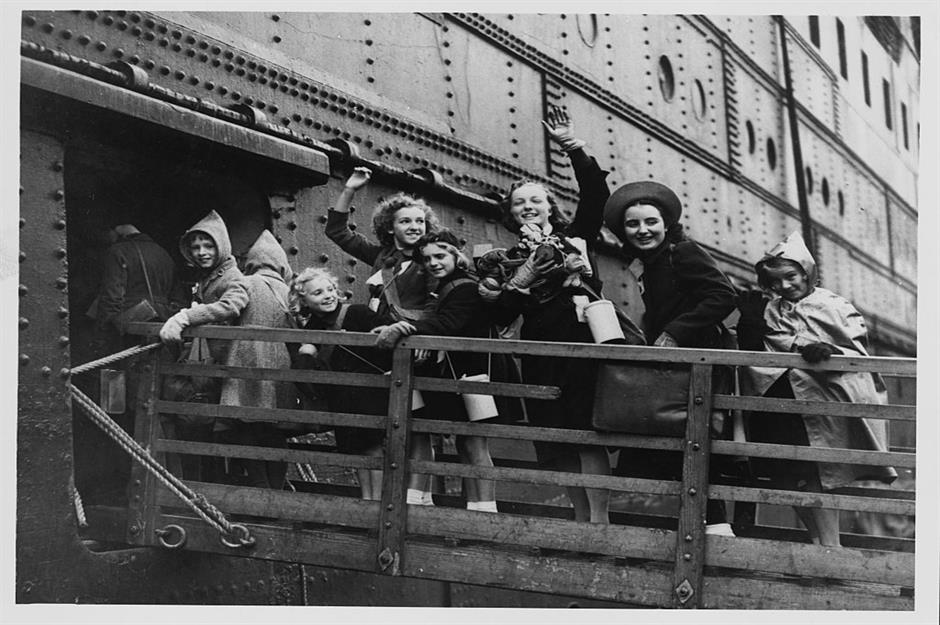
After just 15 minutes, the order was given to abandon ship but there was difficulty lowering the lifeboats as the ship had lost power and the weather was bad. At 11pm, the City of Benares sank beneath the waves as survivors huddled in the lifeboats and upturned rafts. Help arrived 24 hours later, but by then 77 of those 90 children were dead. After this terrible disaster, no more children were evacuated overseas.
RMS Lancastria, 1940
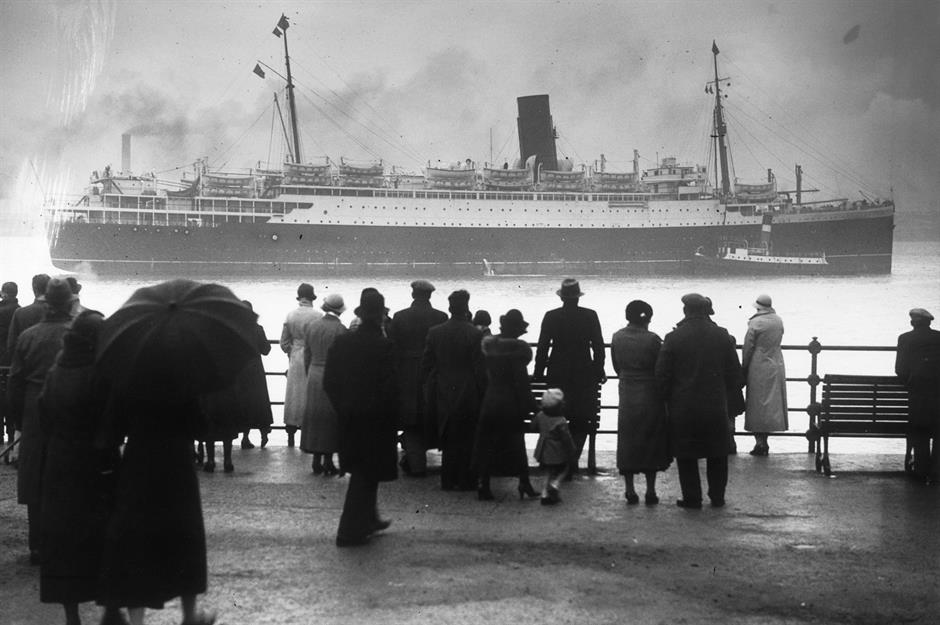
The sinking of RMS Lancastria ranks as Britain’s worst maritime disaster – but it's not very well-known. The steam passenger liner, built by Cunard, was launched in 1922 to transport passengers across the Atlantic.
When war broke out she was requisitioned and sent to pick up British personnel stranded in Europe just after the evacuation from Dunkirk in June 1940. Carrying 7,500 passengers, the ship was bombed by the Germans near the port of Saint-Nazaire.
RMS Lancastria, 1940
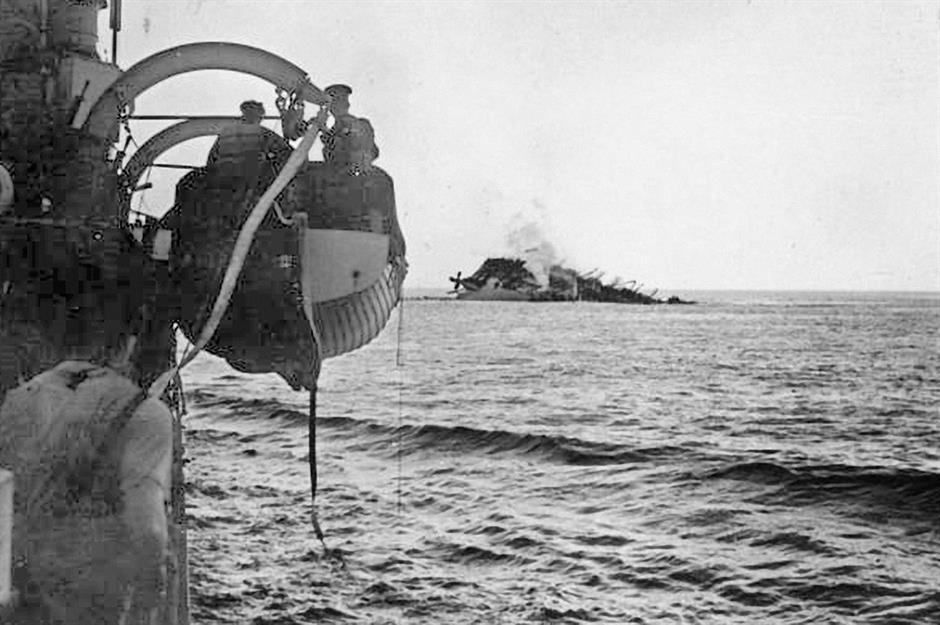
The Lancastria sank in under 20 minutes and those who jumped into the water had to swim through miles of oil slick while avoiding attack by machine guns from the air. About 4,000 men, women and children lost their lives.
The scale of the disaster was so great that Winston Churchill ordered a complete news blackout so as not to destroy war-time morale, and it was nearly six weeks before the tragedy was reported by the press.
MV Wilhelm Gustloff, 1945
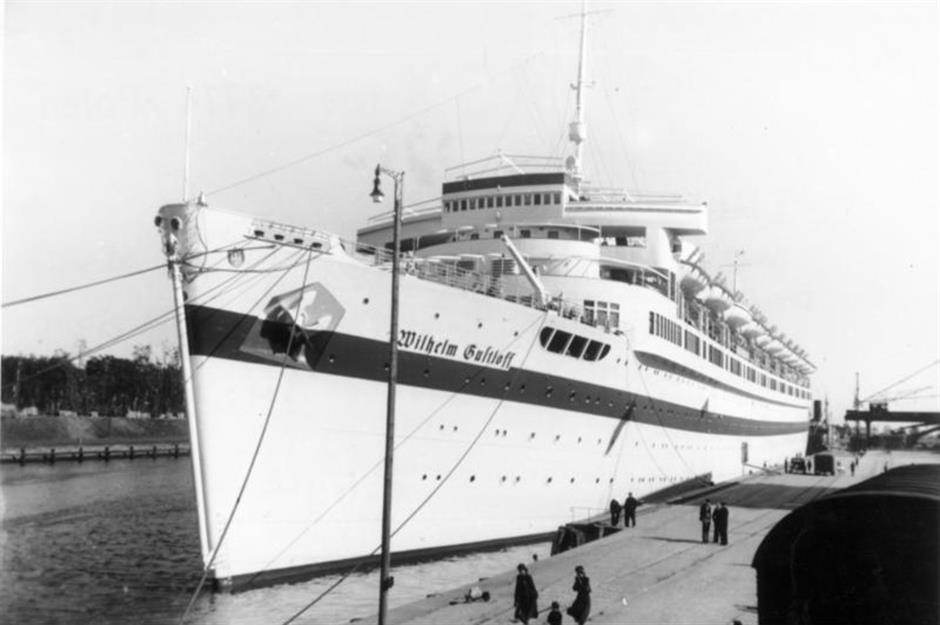
Built in 1937 by Nazi Germany as a cruise ship for loyal workers, the Wilhelm Gustloff took passengers on 50 cruises over 17 months. Hitler even had his own large cabin on board. When World War II started, the ship was requisitioned for hospital work to tend to wounded soldiers and was based in the Polish port of Gdynia.
As the Red Army advanced towards Germany in 1945, millions of Germans started fleeing westwards.
MV Wilhelm Gustloff, 1945
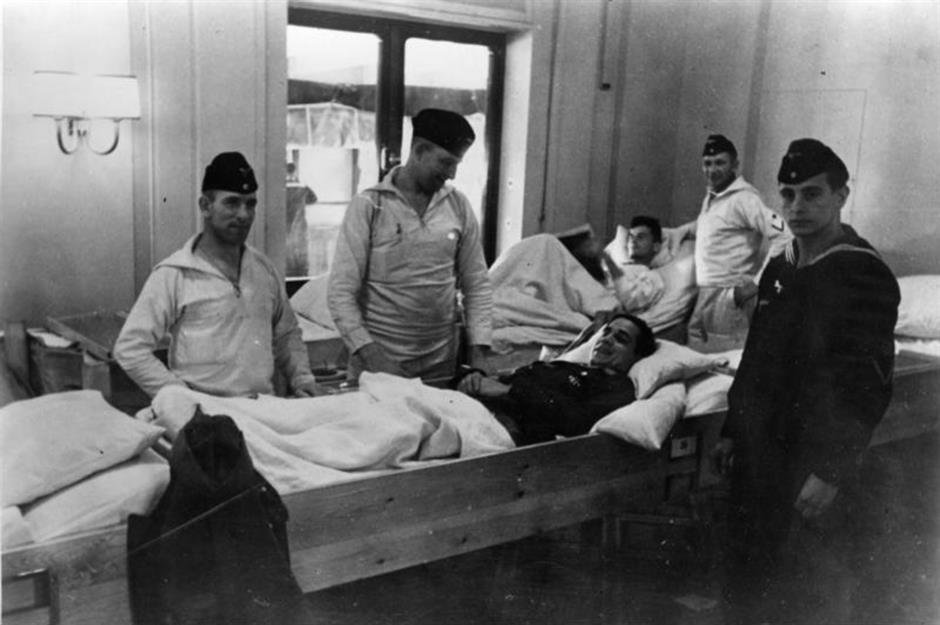
The Gustloff was ordered to take on refugees and around 10,000 boarded at Gdynia. Although it had not sailed for many years, the ship left harbour at 7pm on 30 January 1945. It was spotted by the Soviet submarine S-13 and three torpedoes were launched.
It took an hour to sink but many of the crew were killed in the explosion and much of the life-saving equipment was frozen on deck and could not be used. Only 1,239 people survived, and it remains the worst maritime disaster in history by loss of life. Pictured here are German soldiers on board in 1940.
Toya Maru, 1954
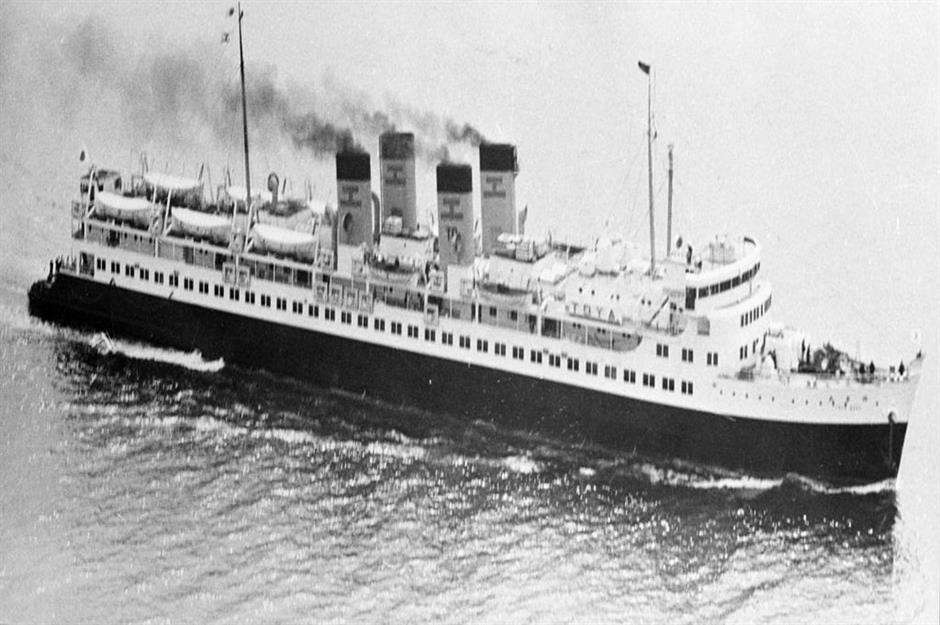
Launched in 1947, the ferry Toya Maru transported passengers and cars daily between Aomori and Hakodate in Hokkaido, Japan – a journey that took around four-and-a-half hours. On 26 September 1954, the ferry docked in Hakodate at 11am and took on 1,300 passengers.
It was scheduled to return at 4pm but reports of a typhoon worried the captain so much he remained in port. After the first waves of the storm were over, the captain set sail thinking it was safe.
Toya Maru, 1954
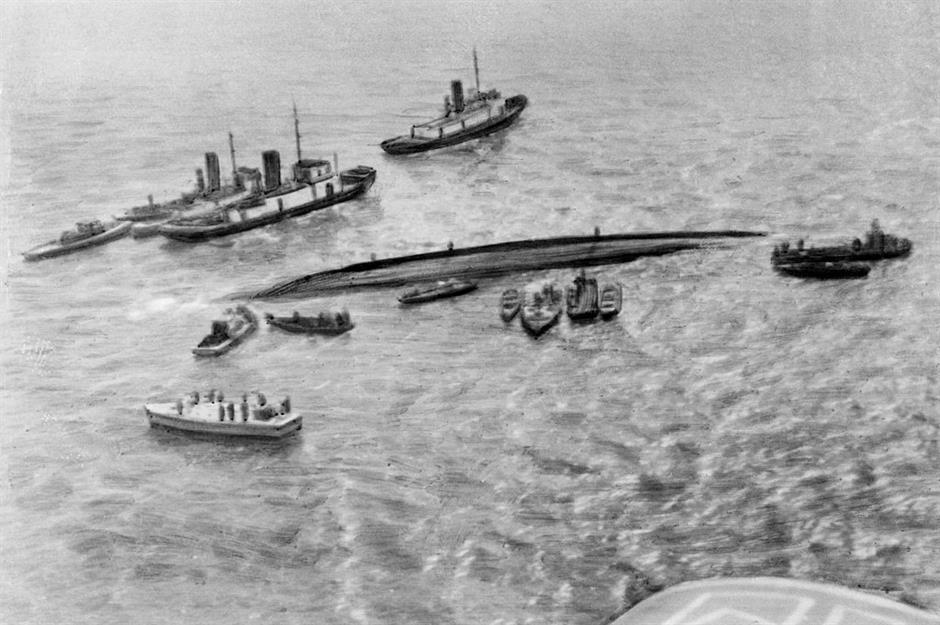
Tragically, he was heading straight into the typhoon, which was now gaining in strength, and it hit just outside Hakodate. The anchor would not hold and the huge waves overwhelmed the vessel. Cars came loose and crushed passengers as they attempted to flee. When the ferry sank, other ships rushed to the scene to help find survivors. Despite their best efforts, only 150 people were found alive.
SS Edmund Fitzgerald, 1975

Folk singer Gordon Lightfoot wrote a ballad called The Wreck of the Edmund Fitzgerald, thus enshrining the ship in popular memory. The Northwestern Mutual Insurance Company commissioned this freighter to work on the Great Lakes in North America and named it after the company president.
By 1975, the ship was still working carrying taconite and iron ore. In November that year, a huge storm whipped up and Captain Ernest McSorley messaged that it was the worst seas he had ever experienced.
SS Edmund Fitzgerald, 1975

At 4:10pm the captain made contact again saying, "We are holding our own". Nothing more was ever heard from him or the 29 other crew. A search found some smashed lifeboats, life jackets and debris. The following year, the wreck itself was found and they discovered it had split in two.
There are theories about what happened – maybe the hatches were improperly closed, or it hit a rock. But the sinking of the Edmund Fitzgerald, immortalised in song, remains a mystery to this day.
Now discover the beloved cruise ships that will never sail again
Comments
Be the first to comment
Do you want to comment on this article? You need to be signed in for this feature